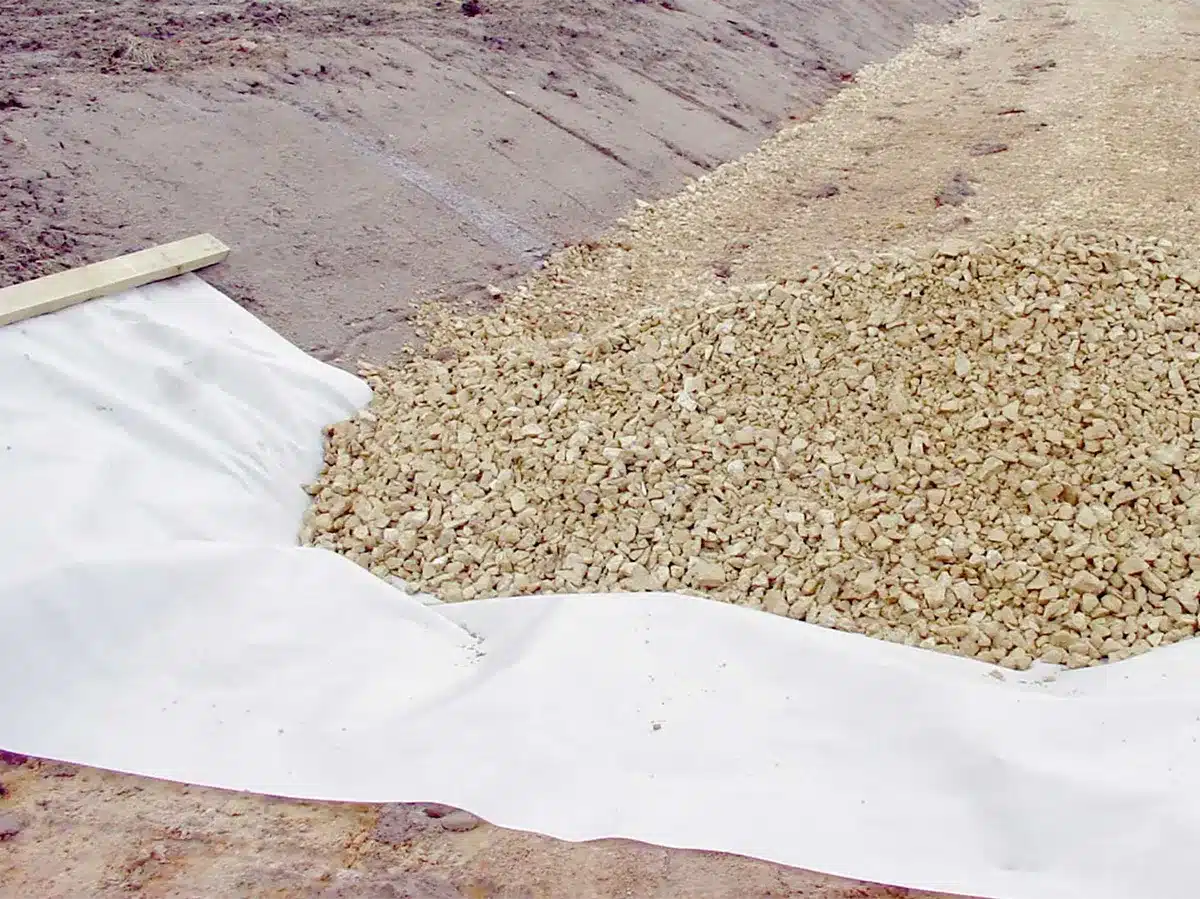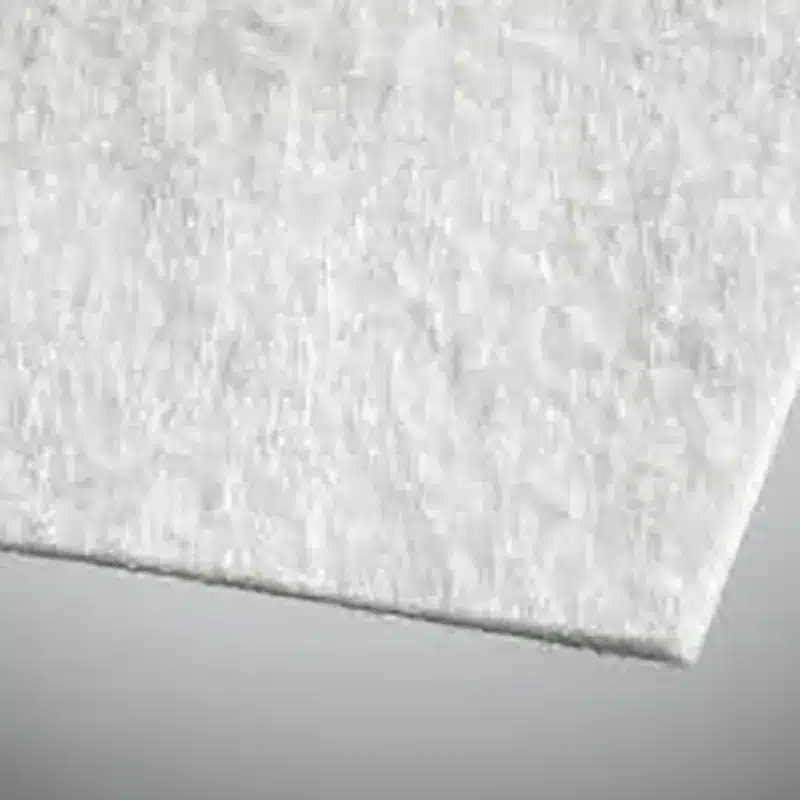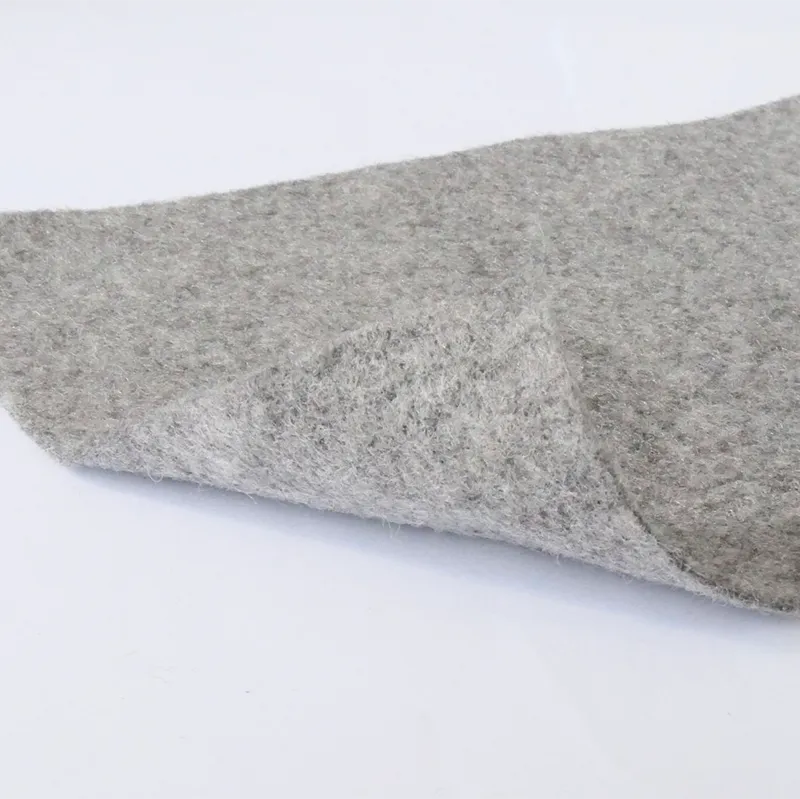Can You Drive on Geotextile Fabric? Understanding Its Strength
In the ever-evolving world of construction and landscaping, road fabric, commonly known as geotextile fabric, has emerged as a cornerstone material. Geotextiles are permeable fabrics that, when used in association with soil, have the ability to separate, filter, reinforce, protect, or drain. Typically made from polypropylene or polyester, geotextile fabrics come in two forms: woven and nonwoven. This guide delves into the frequently asked questions about geotextile fabrics and explores their benefits, applications, and effectiveness in various scenarios.
Can you drive on geotextile fabric?
Yes, you can drive on geotextile fabric, but it’s important to understand its application and its limitations. A woven geotextile fabric that has a higher grab/tensile strength is a great choice for driveway or paving fabric as it will withstand the weight of heavy vehicles over time. This type of fabric is often used beneath roadways to stabilize and reinforce the soil, which helps in distributing the weight of vehicles and preventing soil erosion. However, the fabric itself is not designed to be the top layer exposed to direct traffic. It should be covered with a layer of gravel or asphalt to ensure durability and effective performance.

Does water drain through geotextiles?
Absolutely. One of the primary functions of geotextile fabric is drainage. Needle-punched and poly-spun varieties of non-woven geotextile fabric allow water to easily flow through while keeping soil particles from clogging the flow paths. This property is crucial in applications such as retaining wall construction and roadway underlayment, where effective water drainage is essential to maintain structural integrity and prevent waterlogging.
Which is better: woven or nonwoven geotextile?
The choice between woven and nonwoven geotextile depends on the specific needs of your project. Woven geotextiles, which are more durable than nonwoven geotextiles, are generally preferred for applications requiring higher strength and dimensional stability, such as in road construction and erosion control. They are less permeable compared to nonwoven fabrics but provide excellent reinforcement. Nonwoven geotextiles, on the other hand, are better suited for drainage and filtration tasks due to their higher permeability and ability to retain smaller particles. They are often used in landscape drainage and as protective layers in geomembrane systems.
What’s the difference between landscape fabric and geotextile fabric?
While both landscape fabric and geotextile fabric are used in outdoor applications, they serve different purposes. Landscape fabric is primarily utilized as a physical barrier to suppress weeds in garden beds, beneath decks, or in pathways. It’s usually lighter and less durable than geotextile fabric. Geotextile fabric, however, is designed for soil stabilization, reinforcement, and drainage, and is constructed to be more robust and suitable for heavy-duty applications in civil engineering and construction projects. Additionally, similar to landscape fabric, drain field fabric is used as a filter in drainage applications, demonstrating the versatility of geotextile materials in different environmental conditions.
Geotextile fabrics, or road fabrics, are integral to modern construction and landscaping, offering solutions for stabilization, filtration, and drainage. Whether it’s woven for strength or nonwoven for filtration, these fabrics play a critical role in enhancing the longevity and effectiveness of construction projects. Understanding the specific properties and applications of each type of geotextile can help in choosing the right product for your needs. When considering road fabric for sale, remember the key functionalities it can offer, ensuring that your project stands the test of time and nature.



Comments
Post a Comment